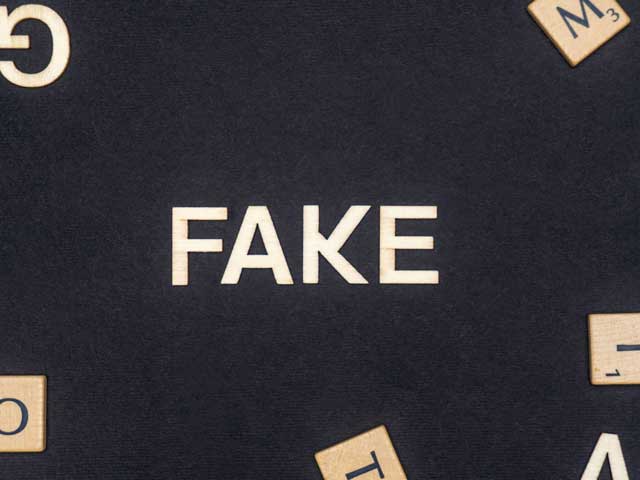In the world of advertising, authenticity has become the Holy Grail. It’s the buzzword that marketers and advertisers toss around like confetti at a celebration. Everyone seems to want it, but how many are actually achieving it? As a business coach and creative director, I can’t help but notice a growing trend where authenticity is more like a costume than a genuine identity.
Let’s take a stroll through the digital jungle of marketing tactics. Picture this: you’re scrolling through your social media feed, and you stumble upon an advertisement. It’s a screenshot of a seemingly heated conversation between a disgruntled customer and a company. The customer vents, and miraculously, the company swoops in with a perfect solution – their product, of course. It’s a script that would make even the most talented screenwriter envious.
But here’s the twist: it’s not real. You’re not alone in making that assumption. Most people do. It’s a marketing tactic that’s become as common as a morning cup of coffee. Companies are trying to create what they think is “authentic-looking” content, but in reality, it’s about as authentic as a spray tan.
Now, don’t get me wrong. Marketing is an art, and creativity is the paintbrush. But sometimes, it feels like some marketers have misplaced their brushes and are finger-painting their way through campaigns. Another trend is the “unprofessional professional” look. It’s like the marketing manager quit, and they handed the reins to the intern who’s never touched Photoshop. The result? An ad that screams “I didn’t have a plan,” when we all know they did.
Sure, these tactics might work. They might even catch your attention for a split second. But then comes the eye-roll and the realization that it’s all smoke and mirrors. The problem here is that while these tactics might be effective in getting a quick glance, they rarely pass the authenticity litmus test. Consumers are savvy, and they can smell fake from a mile away.
As a business coach, I can’t stress enough how important it is to build a genuine connection with your audience. Authenticity is the key to trust, and trust is the foundation of lasting customer relationships. It’s like building a house – you need solid materials, not cardboard cutouts.
So, what’s the takeaway from this marketing circus of authenticity vs. fakery? Be yourself. Don’t try too hard to look authentic; just be authentic. People appreciate honesty and realness in a world where everything often seems too polished. Inject a bit of humor, be relatable, and show the human side of your brand. It’s okay to make mistakes, as long as you learn from them and grow.
In the end, let’s remember that authenticity isn’t a tactic; it’s a way of doing business. So, put down the script, step away from the intern’s Photoshop experiment, and let your true colors shine through. Your audience will thank you with their trust and loyalty.







1 Comment.
Bravo, very good idea